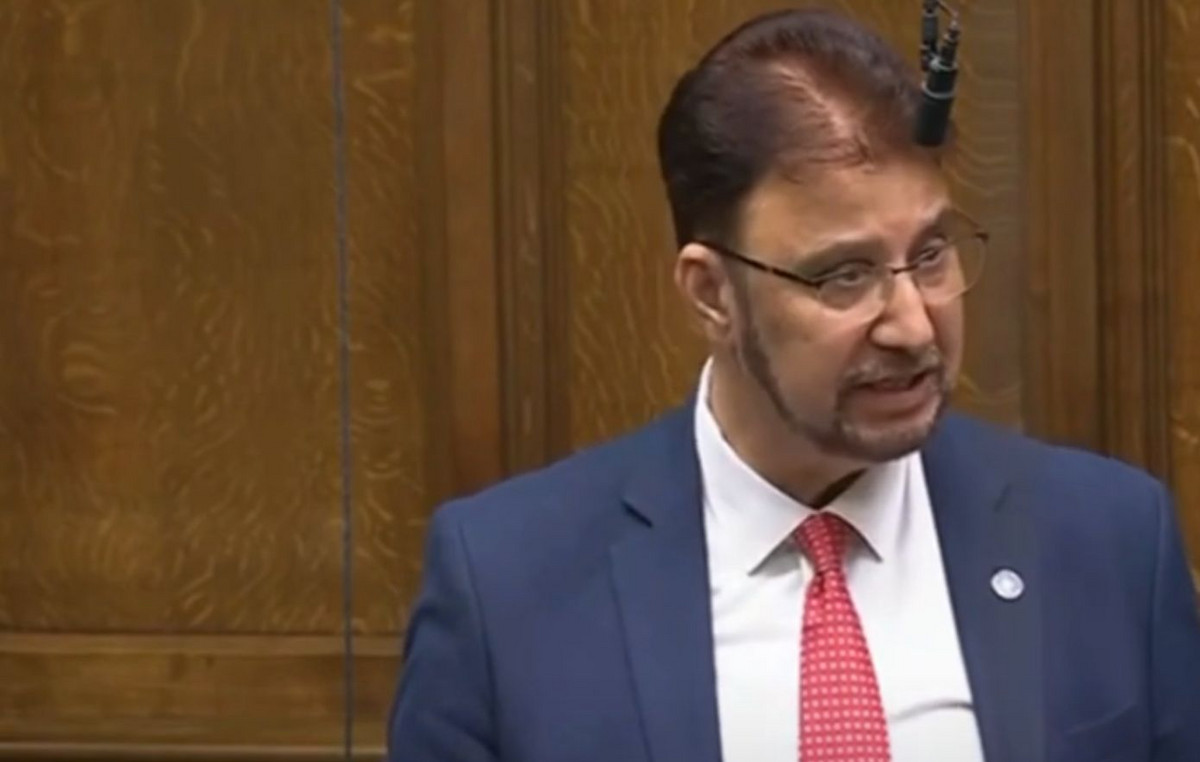- EUR/USD extends its decline to near 1.0850 as investors prepare for the ECB policy meeting.
- The ECB is expected to cut its key interest rates by 25 bp for the second consecutive meeting.
- Growing speculation about Trump’s victory has strengthened the US dollar.
EUR/USD shows weakness near 1.0850 on Thursday. The major currency pair faces strong selling pressure ahead of the European Central Bank’s (ECB) interest rate decision, which will be announced at 12:15 GMT.
Investors expect the ECB to cut its deposit facility rate by 49 basis points (bps) in the two remaining meetings this year, according to a Citi note on Tuesday, suggesting there will be two 25 bps rate cuts next. Thursday and in December.
A quarter-percentage point rate cut on Thursday will be the second in a row, pushing the deposit facility rate down to 3.25%. A dovish decision from the ECB is widely anticipated as the Eurozone economy appears to be on the path to an economic slowdown, with price pressures under control.
With confidence high that the ECB will cut interest rates again, investors will pay close attention to ECB President Christine Lagarde’s monetary policy statement and press conference for new clues on likely policy action. monetary in December.
Christine Lagarde is expected to talk more about reviving economic growth as the Eurozone Harmonized Index of Consumer Prices (HICP) has slowed to 1.8% in September, according to preliminary estimates. The latest economic projections from the German economic ministry showed that the nation is expected to end the year with a 0.2% decline in total output.
What’s moving the market today: EUR/USD weakens due to multiple headwinds
- EUR/USD extends its losing streak for the fourth trading day on Thursday. The major currency pair falls to a more than 10-week low near 1.0850 as the US Dollar (USD) has performed strongly in recent weeks. The US Dollar Index (DXY), which measures the value of the Dollar against six major currencies, jumps near 103.60, the highest level seen in more than two months.
- The US dollar remains firm as investors have dismissed expectations of continued significant rate cuts by the Federal Reserve (Fed) and growing speculation over former US President Donald Trump’s victory in the elections. presidential elections, scheduled for November 5.
- Market participants expect the Fed to cut interest rates moderately in the remainder of the year as fears of an economic slowdown in the United States (US) have been mitigated by robust growth in Non-Farm Payrolls ( NFP) and Services Purchasing Managers’ Index (PMI) data for September.
- Meanwhile, Trump’s victory over Democratic Vice President Kamala Harris is expected to result in higher tariffs on imports from his Asian and European peers, tax cuts and looser financial conditions that will benefit the US dollar.
- On the economic front, investors will focus on monthly US retail sales data for September, due at 12:30 GMT. Economists expect retail sales to have grown 0.3%.
Technical Analysis: EUR/USD weakens to 1.0850
EUR/USD falls further to near 1.0850 in European trading hours. The major currency pair extends its decline after breaking below the 200-day EMA, which trades around 1.0900, earlier this week.
The downward move in the shared currency pair began after a breakout of the double top formation on a daily time frame near the September 11 low around 1.1000, resulting in a bearish reversal.
The 14-day Relative Strength Index (RSI) falls below 30.00, indicating strong bearish momentum.
To the downside, the main pair could find support near the round figure of 1.0800 and the ascending trend line at 1.0750, which is drawn from the October 3 low around 1.0450. Meanwhile, the 200-day EMA and the psychological figure of 1.1000 will be the key resistances for the pair.
economic indicator
ECB interest rate decision
He European Central Bank It is the bank of the common European currency, the euro. The main task of the ECB is to maintain the purchasing power of the euro and price stability in the Eurozone. The Eurozone comprises the 16 countries of the European Community that have introduced the euro since 1999. This interest rate affects a range of interest rates set by commercial banks, building societies and other institutions towards their own savers and borrowers. It also tends to affect the price of financial assets, such as bonds, stocks, and exchange rates, which affect consumer and business demand in a variety of ways.
Next post: Thu Oct 17, 2024 12:15
Frequency: Irregular
Dear: 3.4%
Previous: 3.65%
Fountain: European Central Bank
Source: Fx Street
I am Joshua Winder, a senior-level journalist and editor at World Stock Market. I specialize in covering news related to the stock market and economic trends. With more than 8 years of experience in this field, I have become an expert in financial reporting.








